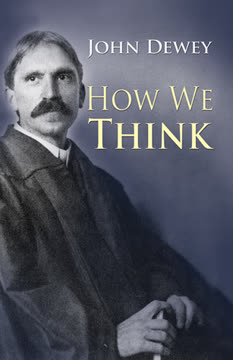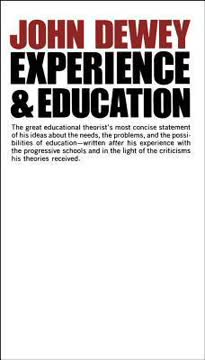Key Takeaways
1. Put success in your way: Leverage willpower, habits, and decision-making
Put success in your way simultaneously acknowledges our limitations and leverages that understanding to our advantage.
Overcome limitations. Put success in your way is an approach based on three core elements: willpower as a limited resource, decisions as distractions, and habits as powerful forces. By recognizing these factors, you can design your environment and routines to support your goals.
Leverage your environment. Set up your surroundings to make success almost inevitable. For example, if you want to run in the morning, lay out your running clothes and shoes the night before. This reduces the need for willpower and eliminates decision-making in the moment.
Build supportive habits. Focus on creating habits in six key categories:
- Start your day
- Finish your day
- Eat
- Sleep
- Move
- Connect
By establishing routines in these areas, you create a foundation for success in all aspects of your life.
2. Reclaim your attention from distractions and technology
The value of your attention and the power of simple decisions is about establishing what matters and making decisions before you have to.
Recognize the cost of distractions. In today's world, our attention is constantly pulled in multiple directions. Understand that each distraction, no matter how small, requires a decision and takes mental energy away from what's important.
Take control of technology. Set rules for how and when you engage with devices and notifications. For example:
- Don't check email before completing your most important work
- Limit social media to specific times
- Use "do not disturb" features during focused work periods
Create space between stimulus and response. Practice mindfulness techniques to increase your awareness of distractions and impulses. Use tools like the "blank page" method to capture fleeting thoughts without derailing your focus.
3. Use the Small-Big-Small framework to achieve your goals
Small, intentional, and focused actions can lead to big results.
Start small. Begin by identifying the small, daily actions that will contribute to your larger goals. These should be specific and manageable tasks that you can consistently complete.
Think big. Connect your small actions to your overarching vision or goal. This provides context and motivation for your daily efforts.
Return to small. Break down your big vision into actionable steps and milestones. This creates a roadmap for progress and helps maintain focus on what's immediately achievable.
Example application:
- Small: Write 500 words daily
- Big: Publish a book
- Small: Outline chapters, research topics, edit drafts
4. Implement reflective practice to improve and replicate success
In reflective practice, practitioners engage in a continuous cycle of self-observation and self-evaluation in order to understand their own actions and the reactions they prompt in themselves and in learners.
Focus on success. Instead of dwelling on failures, identify what went well and why. This positive approach provides a framework for replicating success in other areas.
Ask powerful questions. Use reflective questions to gain insights:
- What aspects went well?
- What were you doing or saying?
- What did you notice specifically?
- Why do you think it went well?
Create a success framework. Based on your reflections, develop a three-part framework for replicating success in similar situations. This turns insights into actionable steps for future improvement.
5. Make emotional decisions to drive meaningful change
We need a massive dose of meaning and emotional connection to help us make better decisions.
Harness emotions. Recognize that emotions like gratitude and compassion can improve self-control and decision-making. Cultivate these feelings to support your goals.
Connect to meaning. Attach emotional significance to your goals and daily actions. For example, frame health goals in terms of being able to play with grandchildren.
Practice gratitude and compassion. Regularly express thankfulness for your progress and show compassion for your future self. This cycle of emotion supports consistent action towards your goals.
6. Decide before you have to: Eliminate in-the-moment choices
If we leave our decisions to in the moment, we aren't deciding, we are reacting.
Plan ahead. Make important decisions in advance, when you have the mental energy and clarity to choose wisely. This reduces the burden of decision-making in the moment.
Establish rules. Create personal guidelines for common situations to streamline decision-making. For example:
- Never make impulse purchases
- Go to bed at a set time on weeknights
- Only eat meals that align with your nutrition plan
Prepare for success. Set up your environment to support your pre-made decisions. Lay out clothes, prepare meals, or organize your workspace the night before to reduce morning decision fatigue.
7. Identify your "one number" to focus efforts and drive outcomes
Your one number is any measurable number that drives an intended goal-related outcome and increases the likelihood of the success of that outcome.
Distinguish between goals and approaches. Your "one number" is not your end goal, but a measurable action that leads to that goal. For example, if your goal is $120,000 in annual revenue, your "one number" might be four sales calls per day.
Focus on key actions. By identifying and tracking your "one number," you concentrate your efforts on the most impactful activities that drive results.
Adjust as needed. Be prepared to refine your "one number" as you gain insights into what truly moves the needle in your business or personal goals.
8. Create ActionStacks for repeatable tasks and improved decision-making
ActionStacks are simple, repeatable plans.
Develop process checklists. Create step-by-step guides for common tasks in your work and personal life. This reduces cognitive load and ensures consistency.
Incorporate all steps. Include preparation, execution, and follow-up actions in your ActionStacks. This comprehensive approach prevents tasks from piling up or being forgotten.
Use as a platform for service. View ActionStacks not just as productivity tools, but as ways to free up mental energy for more meaningful engagement with clients, family, and personal goals.
9. Clear the decks: Remove obstacles to your most important work
Everything between you and the most effective daily action is a decision and a distraction.
Identify unnecessary decisions. Take stock of the small choices you make throughout your day that don't contribute to your goals. Look for opportunities to eliminate or automate these decisions.
Remove physical clutter. Organize your workspace to support focus on your most important tasks. Keep only essential items visible and accessible.
Simplify your systems. Streamline your processes and tools to reduce cognitive overhead. Choose the simplest effective approach for managing your work and life.
Last updated:
FAQ
1. What’s "Attention!" by Rob Hatch about?
- Focus in a Distracted World: "Attention!" explores how to reclaim your time and focus in an age of constant digital distraction and information overload.
- Practical Systems for Productivity: The book offers simple, actionable frameworks to help you make better decisions, reduce overwhelm, and align your daily actions with your goals.
- Personal and Professional Growth: Rob Hatch draws from his own experiences and coaching practice to show how intentional choices can improve both work and life.
- Empowerment Through Choice: Central to the book is the idea that you can architect your own systems and routines to serve your values and priorities.
2. Why should I read "Attention!" by Rob Hatch?
- Overcome Distraction: If you struggle with focus, interruptions, or decision fatigue, the book provides clear strategies to regain control.
- Actionable Advice: The methods are practical, flexible, and designed to be implemented immediately, regardless of your profession or lifestyle.
- Real-Life Examples: Hatch shares relatable stories and case studies, making the advice accessible and grounded in real-world results.
- Empowerment and Clarity: You'll learn how to make conscious, intentional decisions that align with your values, leading to greater satisfaction and achievement.
3. What are the key takeaways from "Attention!" by Rob Hatch?
- Willpower is Limited: Recognize that willpower is a finite resource and design your environment to minimize unnecessary drains on it.
- Decisions are Distractions: Every small decision saps your energy; eliminating trivial choices frees up mental space for what matters.
- Habits and Systems Matter: Building supportive habits and simple systems makes success easier and more consistent.
- Reflective Practice: Regularly review what’s working, build on your successes, and refine your approach for continuous improvement.
4. What is the "Put Success in Your Way" method in "Attention!" by Rob Hatch?
- Definition: "Put Success in Your Way" means arranging your environment and routines so that the actions leading to your goals are easy and almost automatic.
- Three Core Elements: The method is built on understanding that willpower is limited, decisions are distractions, and habits are powerful.
- Practical Steps: Examples include laying out your workout clothes the night before, planning your top three tasks for the next day, and removing obstacles to action.
- Consistent Application: The method is about making the right choice the default, reducing friction, and supporting your future self.
5. How does Rob Hatch define and use "systems" in "Attention!"?
- Flexible, Personal Frameworks: Systems are repeatable processes or routines you design to support your goals, not rigid formulas.
- You Are the Architect: Hatch emphasizes that you are in charge of building systems that fit your life, rather than adopting one-size-fits-all solutions.
- Choice Architecture: Drawing from behavioral science, the book shows how to intentionally design your environment to nudge yourself toward better decisions.
- Continuous Refinement: Systems should be regularly measured, refined, and adjusted based on what works for you.
6. What is the "Small – Big – Small" framework in "Attention!" by Rob Hatch?
- Break Down Big Goals: Start with small, manageable actions that contribute to a larger, long-term objective.
- See the Big Picture: Understand how daily actions connect to your overarching goals, providing clarity and motivation.
- Return to Small Steps: After clarifying the big goal, focus again on the next small action, maintaining momentum and avoiding overwhelm.
- Five Fs Process: The framework includes Face it, Fix it, Find it, Frame it, and Follow it, guiding you from recognizing problems to taking consistent action.
7. How does "Attention!" by Rob Hatch address decision fatigue and distractions?
- Eliminate Trivial Choices: Reduce the number of daily decisions by automating routines (e.g., same breakfast, pre-planned outfits).
- Set Rules and Boundaries: Establish personal rules for when to check email, use social media, or accept interruptions.
- Prepare in Advance: Decide what matters most before the day begins, so you’re not reacting in the moment.
- Use Tools Like the Blank Page: Capture random thoughts or distractions on paper to stay focused on the task at hand.
8. What role do habits and rituals play in "Attention!" by Rob Hatch?
- Habits as Support Structures: Good habits reduce cognitive load and make positive actions automatic.
- Rituals for Mindset: Rituals are purposeful routines that help you mentally prepare for important tasks, increasing focus and performance.
- Six Habit Categories: Hatch identifies Start, Finish, Eat, Sleep, Move, and Connect as foundational habits to optimize.
- Emotional Connection: Rituals and habits are more effective when tied to meaningful, emotionally resonant goals.
9. How does reflective practice contribute to success in "Attention!" by Rob Hatch?
- Learn from Success: Instead of focusing solely on failures, analyze what went well and why, so you can replicate it.
- Continuous Improvement: Regularly review your actions, systems, and outcomes to refine your approach.
- Simple Tools: Use daily sheets, on-deck lists, and blank pages to capture insights and plan improvements.
- Ask the Right Questions: Questions like "What does that look like?" and "What went well?" drive deeper understanding and growth.
10. What is the significance of "decide before you have to" in "Attention!" by Rob Hatch?
- Proactive Planning: Make key decisions ahead of time to avoid reactive, in-the-moment choices that may not align with your goals.
- Reduce Stress and Overwhelm: Advance decisions free up mental energy and reduce anxiety about what to do next.
- Practical Application: Examples include planning your top three tasks the night before and preparing everything you need for the next day.
- Consistency and Confidence: This approach leads to more consistent action and greater confidence in your daily progress.
11. How does "Attention!" by Rob Hatch help you align daily actions with long-term goals?
- Reverse Engineering Goals: Break down big goals into specific, actionable daily steps.
- Identify Your "One Number": Focus on the key metric or action that drives progress toward your goal (e.g., sales calls, words written).
- Measure and Refine: Track your efforts, assess what’s working, and adjust your approach as needed.
- Systems Serve the Goal: Design your routines and environment to make the right actions easy and the wrong ones harder.
12. What are the best quotes from "Attention!" by Rob Hatch and what do they mean?
- "Put success in your way." – This encapsulates the book’s core message: design your environment and routines so that the right actions are easy and natural.
- "We are the authors of our own lives." – Emphasizes personal responsibility and the power to shape your experience through intentional choices.
- "Decisions are distractions." – Highlights the hidden cost of constant decision-making and the importance of minimizing trivial choices.
- "Your day is your week, is your month, is your year." – Reminds us that consistent daily actions accumulate into significant long-term results.
- "Systems are there to serve us." – Reinforces that routines and frameworks should support your goals and well-being, not become burdens themselves.
Review Summary
How We Think receives mixed reviews, with many praising its insightful analysis of the thinking process and its applications to education. Readers appreciate Dewey's emphasis on curiosity, inquiry, and experiential learning. Some find the writing style dense and challenging, while others consider it a timeless, thought-provoking work. Critics note the book's repetitiveness and dated perspective. Overall, it's seen as a valuable resource for educators and those interested in cognitive processes, despite its occasional difficulty.
Similar Books
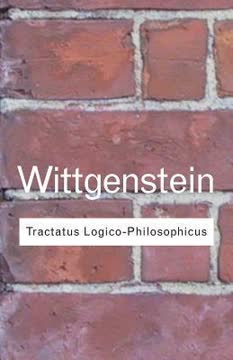
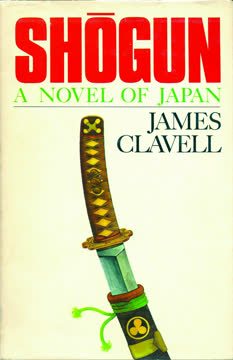
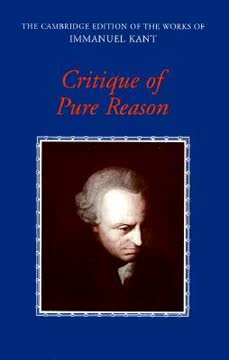

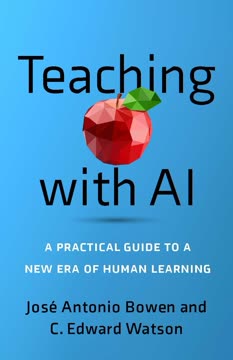
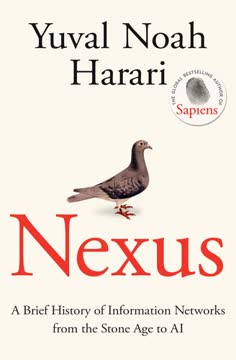
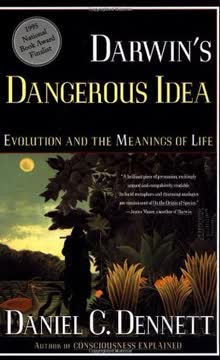
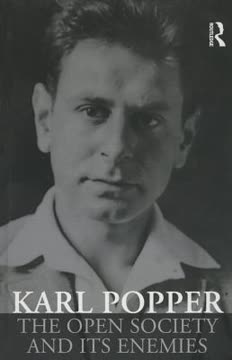
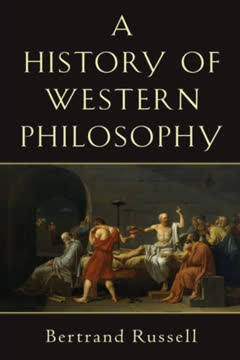
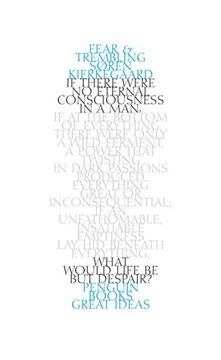
Download PDF
Download EPUB
.epub digital book format is ideal for reading ebooks on phones, tablets, and e-readers.
